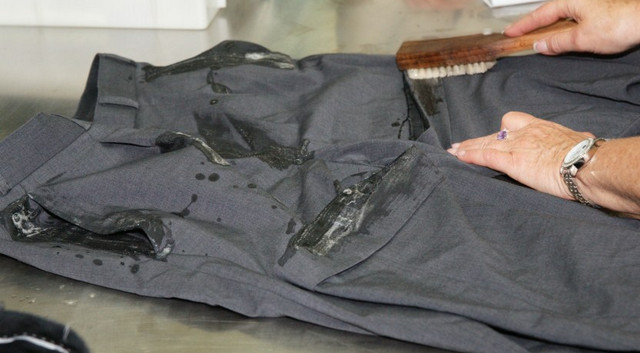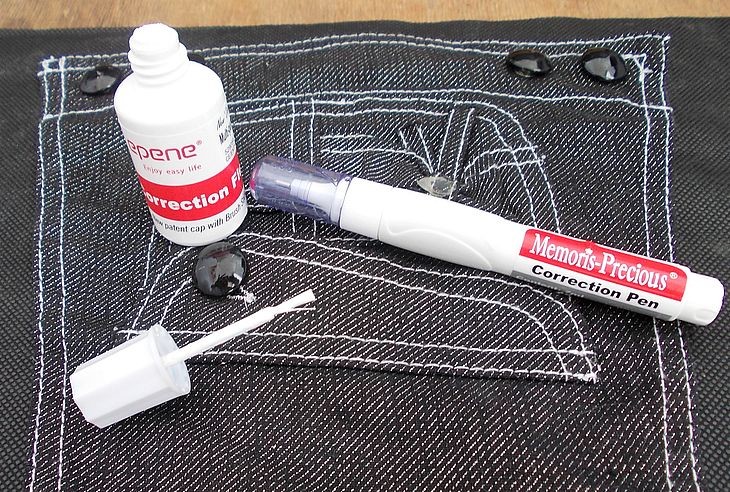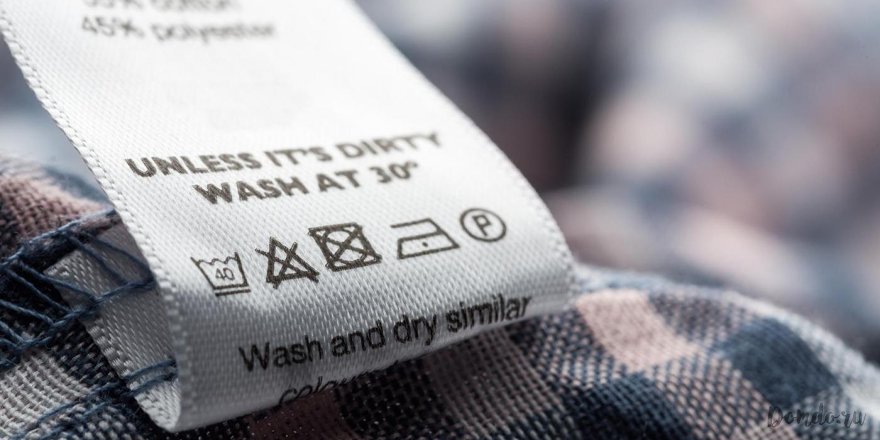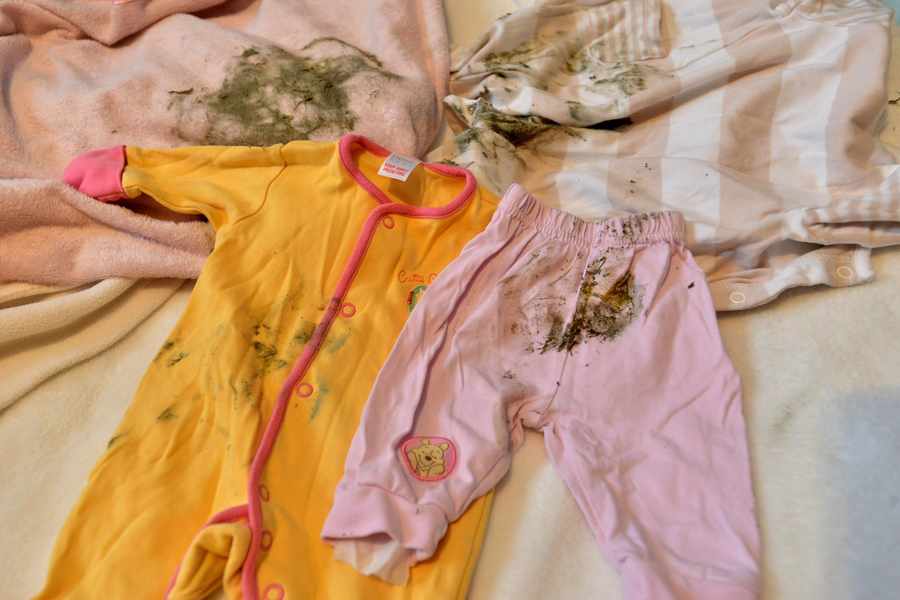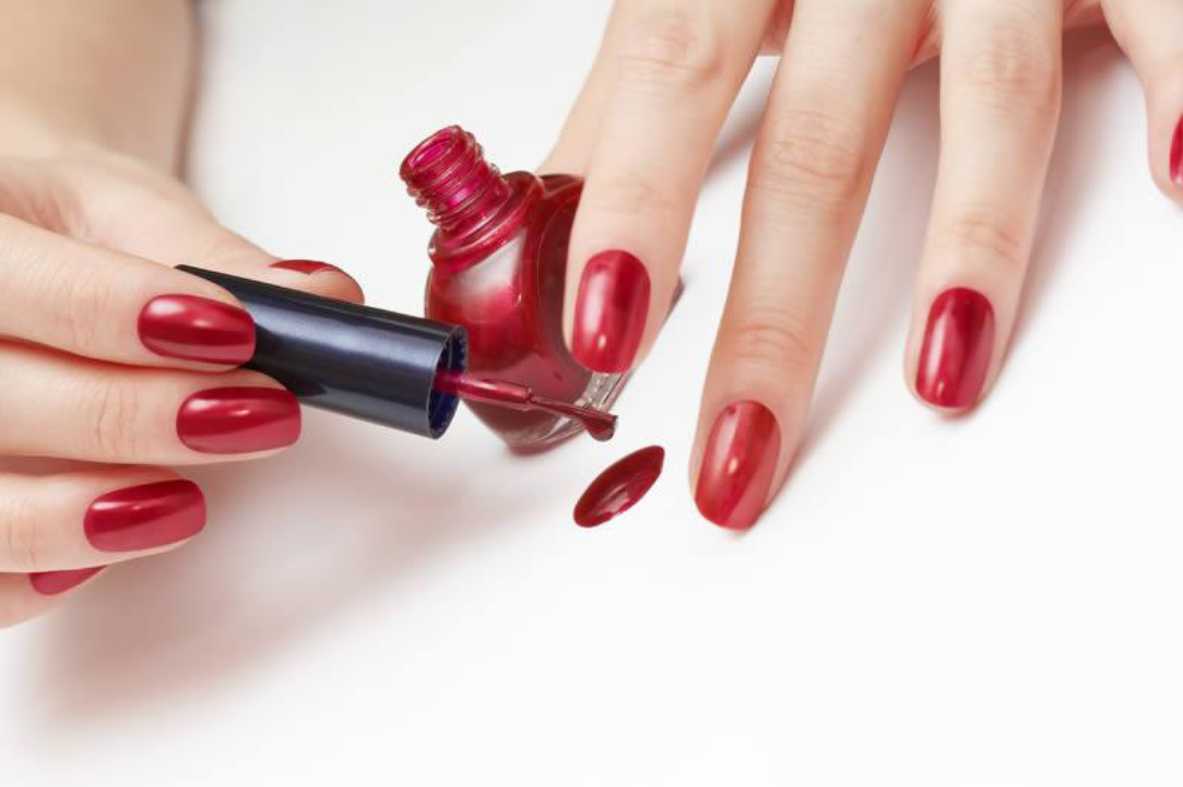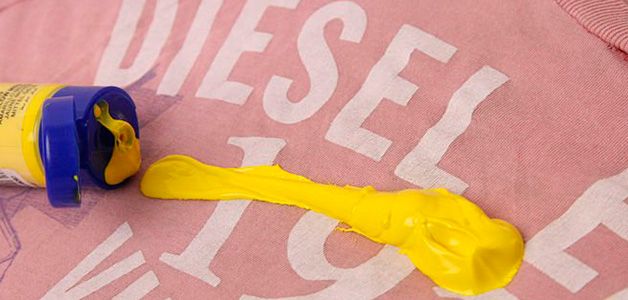During the season of picnics and fun outdoor activities, we often encounter such an unpleasant phenomenon as discharge from trees and flowers. One of the common problems is pine resin, which often appears on damaged bark. Before you remove resin from clothes yourself, it is recommended to learn more about the various ways to remove the substance without harming the fabric.
Preparation
The first thing every housewife who wants to get rid of tree resin should remember is not to start cleaning immediately. The fact is that this substance has a special viscous structure. If you start removing the resin immediately, you can ruin the product. The main mistake is to start rubbing off the pine resin mechanically: due to friction, the substance penetrates even deeper into the textile fibers. It is better to place clothes with a fresh resin stain in the freezer for 2-3 hours until it hardens completely.
In this case, a method works that helps remove chewing gum from clothes: the resin structure will freeze in the refrigerator, after which it will not be difficult to remove it with a knife. To properly remove resin from textiles, it is recommended to consider the basic recommendations for preparing the fabric for cleaning:
- If the substance has already hardened while the person was returning home from the picnic, you can try to rub it off with a sharp knife. This must be done carefully so as not to damage the fibers of the textile. This method of preparation is only suitable when the resin from the tree has hardened: if the substance remains viscous, this procedure is not recommended;
- Soft fabrics are prepared only by placing them in the freezer. Do not use rough abrasives or tools to remove the stain - they will ruin your favorite item made of delicate fabric forever.
If you have previously decided to take the item to a professional dry cleaner, you still need to perform the above operations. They will help the professionals remove the stain faster and easier, without resorting to radical methods.
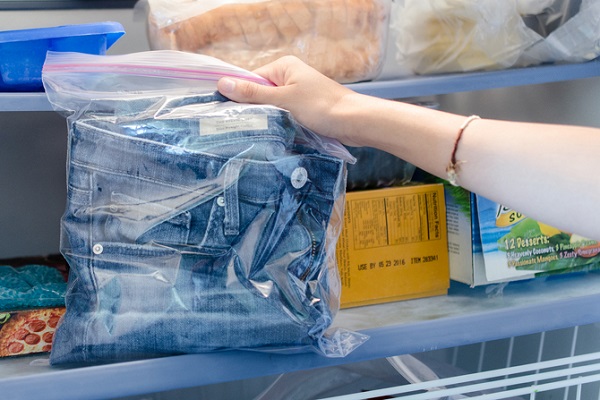

Cleaning methods
Stain removal experts note that you should not throw a dirty item into the washing machine - this will not only delay the time for successful removal of the substance, but can provoke contamination of other items in the machine. Light fabrics especially need the right selection of resin removal method: how to remove the substance from clothes in different ways is described in more detail below.
Mechanical
The most accessible and simple method of how to clean clothes is mechanical stain removal. It involves gentle but effective scrubbing of dirt using improvised means. Various options for mechanical treatment are presented in the table with recommendations: for work you can use napkins, a knife, scissors, a blade, paper towels, cotton swabs.
| Cleaning options | Description |
| With cleaning agents and a cotton swab | Powder with abrasive particles is poured into a container, a wet cotton swab is dipped into it and the contaminated area is carefully treated. |
| Paper napkins | If more aggressive products are used, it is recommended to place a blotting paper or paper napkin under the back of the fabric. |
| Use of sharp objects | A sharp stationery or construction knife, as well as a blade, are well suited for the job. It is recommended to freeze the product before removing resin stains. |
Experts in cleaning difficult stains say that you need to move from the edges to the middle of the stain to avoid it spreading. In addition, regular water will not help the stain spread further, so you need to wet the stain from all sides. Mechanical cleaning is allowed on thick or rough fabrics, such as jeans. This method is also applicable to linen textiles and upholstery fabric. For delicate items, it is better not to use sharp objects so as not to accidentally damage the surface.
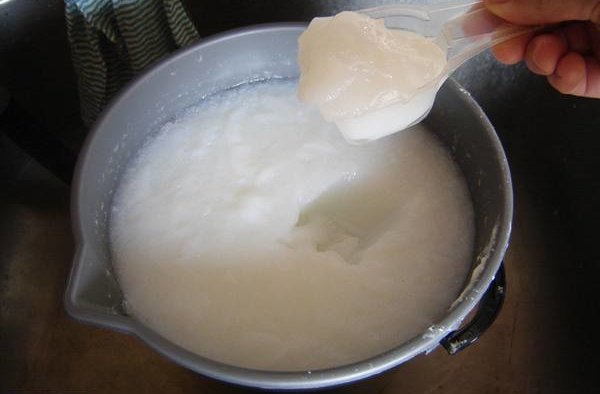
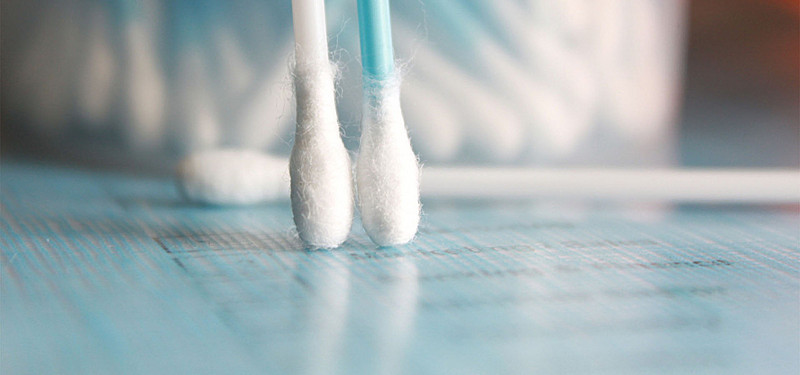
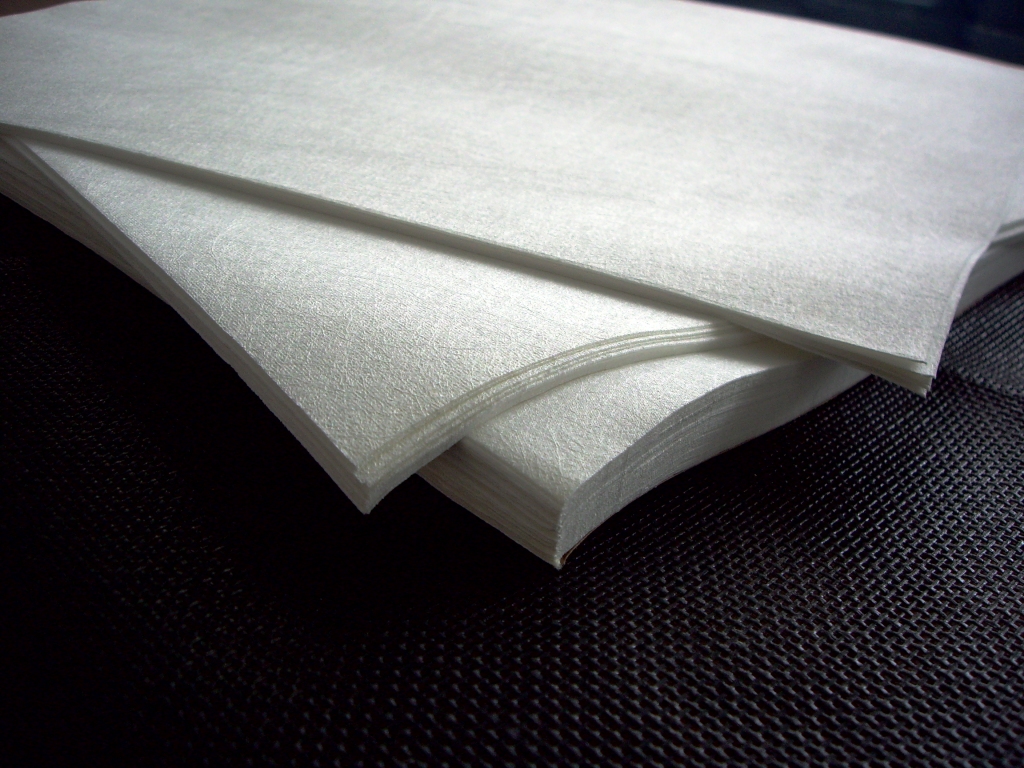
Thermal
One of the most common and effective methods of how to get rid of resin on clothes is heat treatment of the fabric. Here, two options can be distinguished at once: using an iron and a hair dryer. Let's consider each method separately:
- Using an iron. Hot temperature will remove the resin stain in a matter of seconds. To do this, you need to prepare a soft towel, which you need to put under the damaged favorite thing. This is done so that the resin does not imprint on the ironing board or other surface. The iron should be turned on at medium or high power - depending on the type of fabric. Spruce resin under the influence of temperature begins to melt and is absorbed into the soft towel, and the fabric itself will become clean. Then it remains to wash off the resin using chemicals;
- Using a hair dryer's hot air. This method raises doubts among many housewives, but it should also be considered. The prepared contaminated clothing is placed on a flat surface, with a sheet of paper placed on the back. Before removing the substance, the hair dryer is turned on at full power and the stain is heated - it should melt and be absorbed into the paper;
To prevent the stain from spreading across the fabric, it is recommended to wet the item with water, then cleaning will be successful.

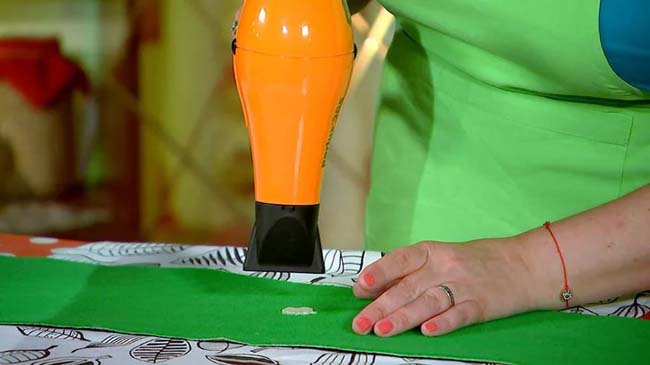
Chemical
The most effective, but aggressive, method of removing stains from fabric is chemical. Before removing pine resin from clothing, professionals recommend carefully examining the label of the product to avoid additional damage to the textile. For thin, delicate and colored fabrics, it is not recommended to use aggressive bleaching agents: it is better to replace them with folk remedies.
Several effective means will help you forget about the unpleasant incident forever:
- Cleaning with purified gasoline, acetone, nail polish remover;
- Turpentine and alcohol;
- Starch, ammonia and turpentine;
- Alcohol;
- Stain remover;
- White spirit.
Before cleaning pine resin from clothing, it is recommended to use the selected product on an inconspicuous area of the fabric. For example, gasoline or acetone can be used on rough textiles. The hardened stain is blotted with a cotton swab soaked in solvent. The same method of work is used with white spirit.
To clean an item with turpentine, apply it to the stain for half an hour, then wipe the dirty area with alcohol. Since both substances have a strong odor, it is recommended to wash the item after treatment.
A mixture of starch, ammonia and turpentine is an excellent solution for removing stubborn resin stains. The mixture is applied to the stain and left until completely dry, after which a stiff brush is used to scrub away the dirt.
Stain removers have proven themselves to be effective in removing resin stains. Before using a chemical compound, it is recommended to carefully study the label for compatibility with different types of fabric.
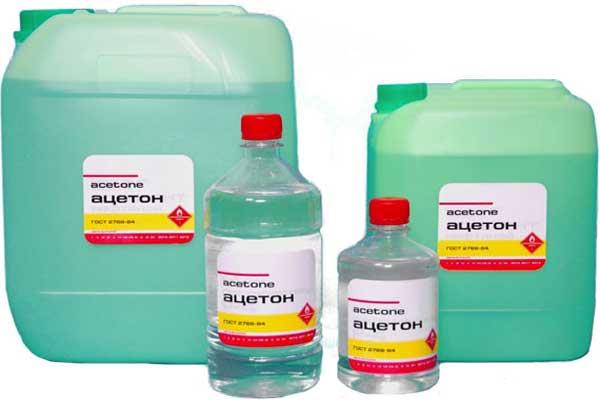
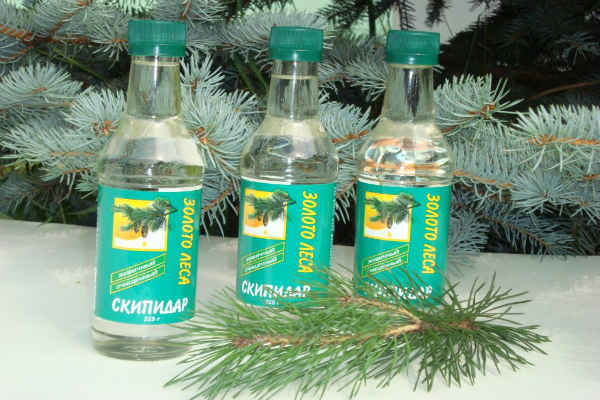

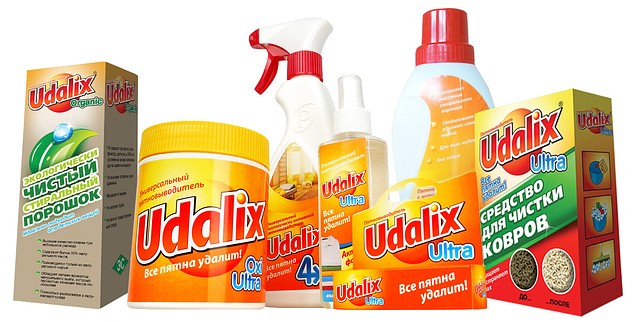
Homemade recipes
Experienced housewives have long found out that home recipes are an alternative to all chemicals. They are considered proven and effective, do not spoil the fabric and are available in every kitchen. Below are the most popular options for removing resin from clothing: professionals will tell you how to remove the caustic substance.
- Vegetable oil and detergent. This option is suitable for working with woolen items that absorb these components well. Sunflower oil is applied to the stain and left for 10 minutes. Then dishwashing detergent comes into play. It is applied in layers using cotton swabs or sticks. Once the stain is gone, the item is washed with powder;
- Coca-Cola. This carbonated drink has long established itself as a universal household product. Before cleaning the resin, the fabric product is soaked in a wide basin with the addition of cola. After such manipulation, the stain becomes soft and pliable, easily removed from the surface with a brush;
- Vegetable oil. In this case, only food product is used. It is applied to the contaminated area for 20 minutes, then washed off with soap solution. At the final stage, it is necessary to thoroughly wash the item with powder to remove the smell.
Above, we discussed various options for removing resin from clothing - now we know how to remove an unpleasant stain, and when going on a picnic, you don’t have to worry about spoiled things.



Video


